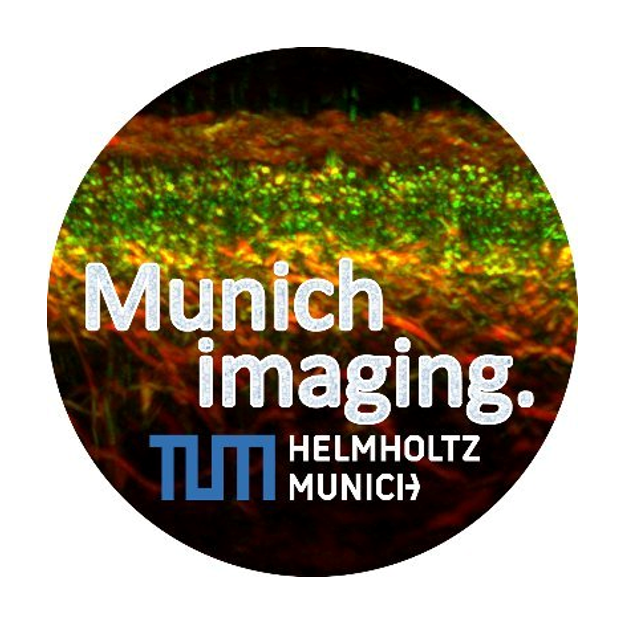Photoswitching sensors
While switchable reporters are nowadays common in fluorescence super-resolution microscopy and we strive to achieve the same for optoacoustic imaging, the concept of photoswitching – and thus the imaging possibilities – have yet to be translated to genetically encoded sensors for ions and small molecules. The idea is to construct a sensor that only provides signal and photoswitching when the molecule of interest is bound. Our group recently provided the first prototype of such a sensor (a sensor for Ca2+ ions) that shows the feasibility of the concept for fluorescence super-resolution as well as for optoacoustic imaging. Importantly, we could show that the chimeric sensor engineering is compatible with the introduction of photoswitching allowing us to expand the concept to sensors relying on periplasmic proteins or GPCRs as ligand binding moiety. Along with this, we could elucidate the molecular and photophysical mechanisms which shows a fascinating interplay between protein matrix and switching. Our current work is focused on tailoring sensors for the specific imaging modalities e.g., expanding to near-infrared absorbing Bacteriophytochromes and expanding to other molecules of interest. The broad native ligand spectrum of periplasmic binding proteins or GPCRs will allow us to efficiently tailor sensor strategies for our target molecules. Overall, the goal is to enable new insights in spatio-temporal small molecule and ion distributions on the nanoscale and the whole animal levels.
Together with optoacoustic imaging and super-resolution microscopy, the concept of photoswitching sensors will allow the visualization of small molecule and ion distributions – the drivers of many processes of life at the nanoscale and in live organisms.

Further Reading:
- Mishra K, Fuenzalida-Werner JP, Pennacchietti F, Janowski R, Chmyrov A, Huang Y, Zakian C, Klemm U, Testa I, Niessing D, Ntziachristos V, Stiel AC. Prototyping genetically encoded photo-switchable indicators, new tools for optoacoustic imaging and fluorescence nanoscopy. Nature Biotechnol.


